Gas-Phase Filtration Products
The air present inside the indoor environment is not the same as the outdoors! It is more polluted than outdoor air. It is a blend of particulate contaminants and gas-phase contaminants. Both the contaminants can equally harm people, processes, and equipment.
Indoor environments may contain undesirable gaseous contaminants at unacceptable concentrations. If so, it must be treated with gaseous pollutant removal equipment before being used for ventilation. As a result, it leads to a situation where equipment will corrode [as in the case of microelectronics, semiconductors, data centers, pulp & paper, and oil & gas refineries] and spread obnoxious odours [like in the case of commercial kitchens in the hotels, restaurants, café, hospitals, educational institutes, workplaces, the food court in shopping malls and as well as agriculture warehouses, food production areas, wastewater treatment plants, etc] and even spread of volatile organic compounds (VOCs) [like in the case of airports, indoor firing ranges, etc]
However, simply removing particle impurities will not make recirculated air equivalent to fresh outdoor air. Gaseous contaminant removal equipment, which is typically distinct from particulate filtration equipment, must also remove noxious, odorous, and poisonous contaminants. Gas phase filtration solutions can facilitate the removal of vaporized contaminants from the indoor air to maintain a healthy indoor environment.
The purpose of gas phase filtration is to remove air contaminants that could adversely affect the occupants, processes, or contents of a space. The effects are problematic at different concentration levels for different contaminants. There are four categories of harmful effects: toxicity, odour, irritation, and material damage. In most cases, contaminants become annoying through irritation or odour before they reach levels toxic to humans, but this is not always true.
Corrosion Issues due to Gaseous Contaminants:
Industrial environments such as wastewater treatment plants will treat the polluted water resulting from the various domestic and industrial activities. During treatment, gaseous pollutants/ odours will distribute to surrounding environments. As a result, people [people suffer from breathing issues], and equipment [equipment may suffer corrosion issues] from these gaseous pollutants/ odours.
Whereas in the case of the pulp & paper manufacturing process, in the precise Kraft pulping process, highly malodorous emissions of reduced sulfur compounds are produced. These compounds are measured as total reduced sulfur (TRS) and include hydrogen sulfide, methyl mercaptan, dimethyl sulfide, and dimethyl disulfide. These sulfur compounds are often described as major sources of corrosion in the pulp & paper industry.
As we are in the most advanced technology era, where data centers, microelectronics, semiconductors, integrated circuits, and other components are becoming highly demanded products. In these circumstances, the air quality within data centers is more important today than ever. The reason behind this fact is corrosive gaseous contaminants have become a serious problem for data centers and server rooms.
In some cases, corrosion of electronic components has resulted in catastrophic failures of equipment, due to elevated concentrations of corrosive gases in the environment. These contaminants enter data centers in a variety of ways, including via outdoor ventilation systems, adjacent interior areas, and individuals entering and exiting critical areas.
Corrosion challenges are not limited to these industries, but also spread to oil & gas refineries. As a day-to day activity refineries have to perform many upstream, midstream, and downstream processes to extract natural gas and other energy sources. During this course of action, there is a possibility of emission of corrosive gaseous contaminants. These have become a serious problem for these control rooms, sometimes resulting in catastrophic failures of equipment. These contaminants enter the control rooms in a variety of ways, including outdoor ventilation systems, adjacent interior areas, and individuals entering and exiting the room.
The pollution levels in this indoor air can be up to five times higher than outdoor levels, and in some cases 100 times higher. This is true in the case of museums, art galleries, and historic storage places. Priceless collections of artifacts, national historical assets and documents, artwork, and literature are preserved in these kinds of spaces. The major issue in museums includes gaseous pollutants. Gaseous pollutants may cause significant and irreversible deterioration of artifacts, metals, historic records, photographs, and marble through chemical reactions (Corrosion).
Odour Issues due to Gaseous Contaminants:
Odour issues are the foremost challenge in commercial buildings [Ex: shopping malls, theatres, food courts, bakeries, yoga, fitness centers, workplace, and other places]. The unpleasant odours emitted by commercial buildings may make visitors feel uneasy.
To address all these issues, indoor air should be treated with gas phase filtration devices.
The basic principles of gas phase filtration products:
Many chemical and physical processes remove gases or vapors from air, but those of the highest current commercial interest to the HVAC engineer is physical adsorption and chemisorption. The operational parameters of greatest interest are removal efficiency, pressure drop, operational lifetime, first cost, and operating and maintenance cost. Other removal procedures have been proposed, but their current application in HVAC work is restricted, and they are only briefly reviewed.
Adsorption: Process in which the molecules of a gas or vapor adhere by physical or chemical processes to the exposed surface of solid substances (both the outer surface and inner pore surface) with which they come into contact.
Chemisorption: Binding of a contaminant to the surface of an adsorbent by forces with energy levels approximately those of a chemical bond. Chemisorption is an irreversible process.
Gaseous Contaminant Removal Solutions:
The goal of gas-phase filtration equipment is to expose the selected filtration media or device to the filtered air. In most cases, the filtration method uses granular media material, supplied either in bulk, or incorporated into a filter device that can be refillable or disposable. Typically, the gas filter has a particulate prefilter and a secondary filter.
Product Range
Gas-Phase Chemical Media, Cassettes and Delivery Devices
Gas-Phase Equipment and Design Services

